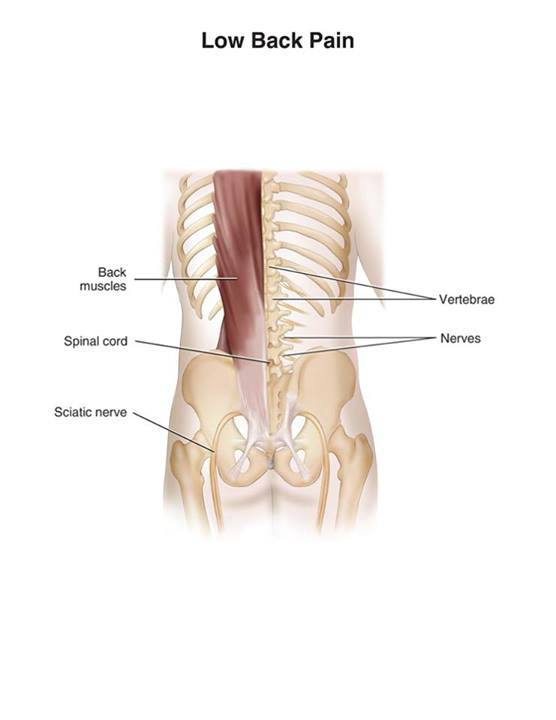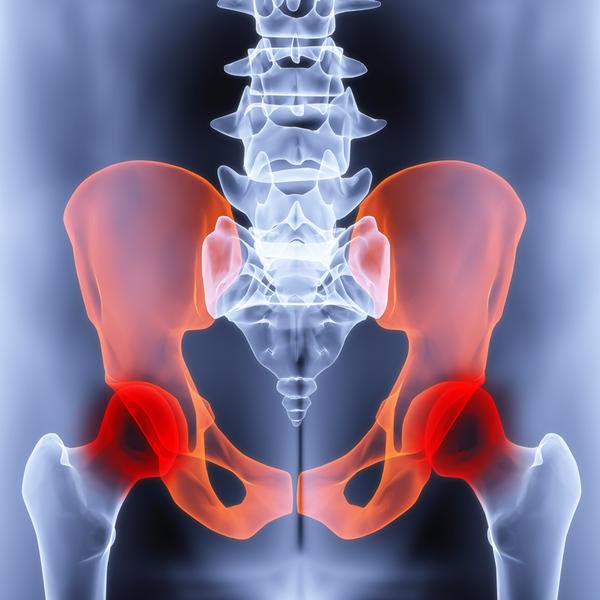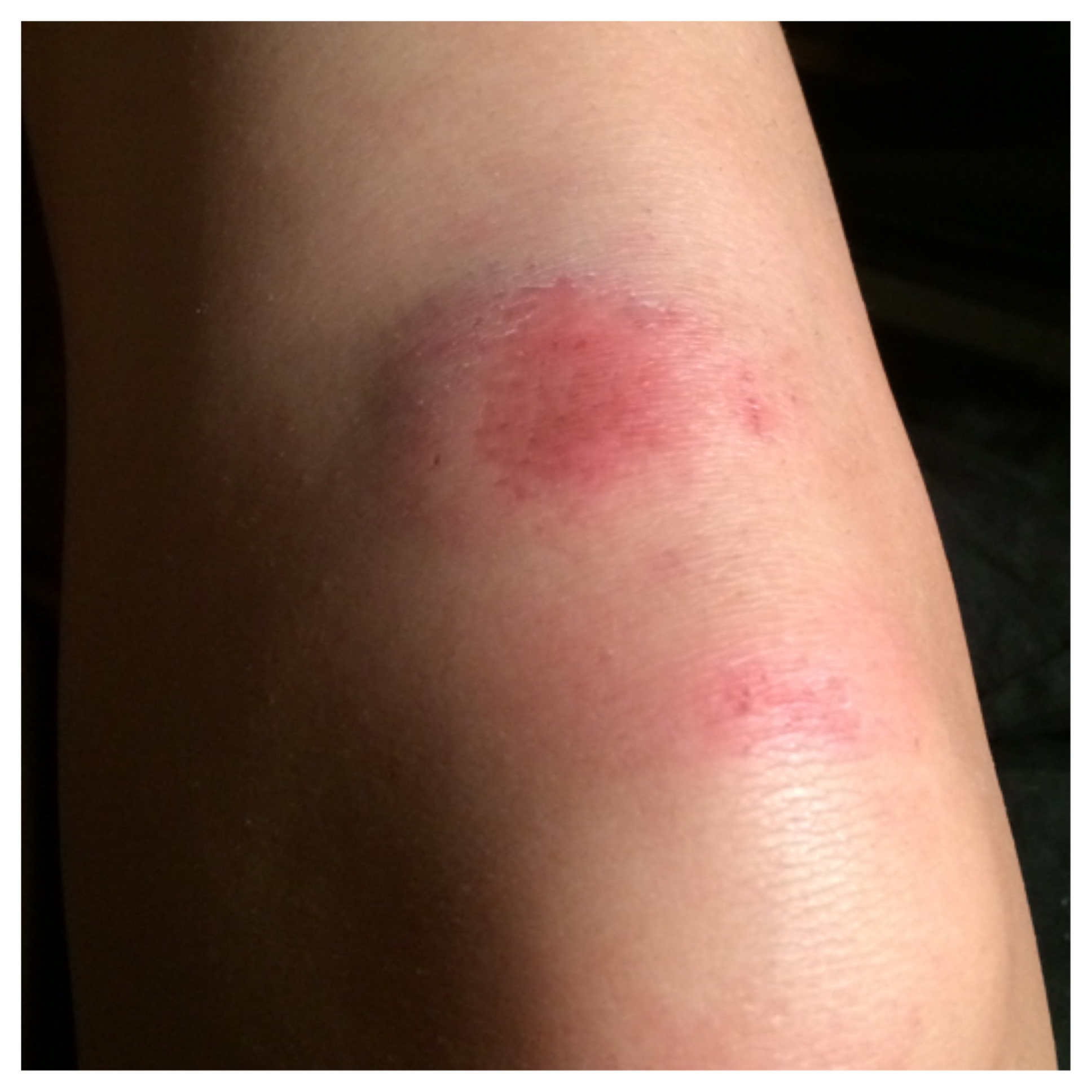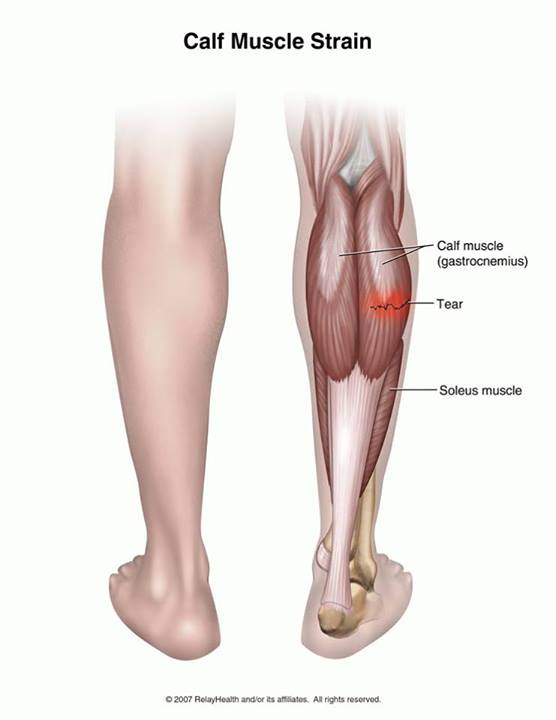Knee Bursitis

What is knee bursitis?
Bursitis is an irritation or inflammation of a bursa in your knee. A bursa is a fluid-filled sac that acts as a cushion between tendons, bones, and skin. This condition is also called pes anserine bursitis.
The pes anserine bursa is located on the inner side of the knee just below the knee joint. Tendons of three muscles attach to the shin bone (tibia) over this bursa. These muscles act to bend the knee, bring the knees together, and cross the legs.
Knee bursitis is common in swimmers who do the breaststroke and is sometimes called breaststroker’s knee.
Causes of knee bursitis?
Knee bursitis can result from:
Overuse, as in breaststroke kicking or kicking a ball repeatedly.
Repeated pivoting from a deep knee bend.
A direct blow to the area.
Symptoms of knee bursitis?
Knee bursitis causes pain on the inner side of the knee, just below the joint. You may have pain when you bend or straighten your leg.
Diagnosis of knee bursitis?
Your healthcare provider examines your knee for tenderness over the pes anserine bursa.
Treatement of knee bursitis?
To treat this condition:
- Put an ice pack, gel pack, or package of frozen vegetables, wrapped in a cloth on the area every 3 to 4 hours, for up to 20 minutes at a time.
- Raise your knee on a pillow when you sit or lie down.
- Wrap an elastic bandage around your knee to reduce any swelling or to prevent swelling from occurring.
- Take an anti-inflammatory medicine such as ibuprofen, or other medicine as directed by your provider. Nonsteroidal anti-inflammatory medicines (NSAIDs) may cause stomach bleeding and other problems. These risks increase with age. Read the label and take as directed. Unless recommended by your healthcare provider, do not take for more than 10 days.
- Your provider may give you an injection of a corticosteroid medicine in the bursa.
- Follow your provider’s instructions for doing exercises to help you recover.
How long will the effects last?
Pain from knee bursitis usually goes away within a few weeks. You need to stop doing the activities that cause pain until your knee has healed. If you continue doing activities that cause pain, your symptoms will return and it will take longer to recover.
When can I return to my normal activities?
Everyone recovers from an injury at a different rate. Return to your activities depends on how soon your knee recovers, not by how many days or weeks it has been since your injury has occurred. In general, the longer you have symptoms before you start treatment, the longer it will take to get better. The goal of rehabilitation is to return to your normal activities as soon as is safely possible. If you return too soon you may worsen your injury.
You may safely return to your activities when, starting from the top of the list and progressing to the end, each of the following is true:
- Your injured knee can be fully straightened and bent without pain.
- Your knee and leg have regained normal strength compared to the uninjured knee and leg.
- Your knee bursa is not swollen or tender to touch.
- You are able to bend, squat and walk without pain.
How can I prevent knee bursitis?
Knee bursitis is best prevented by a proper warm-up that includes stretching of the hamstring muscles, the inner thigh muscles, and the top thigh muscles. Gradually increasing your activity level, rather than doing everything at once, will also help prevent its development.











